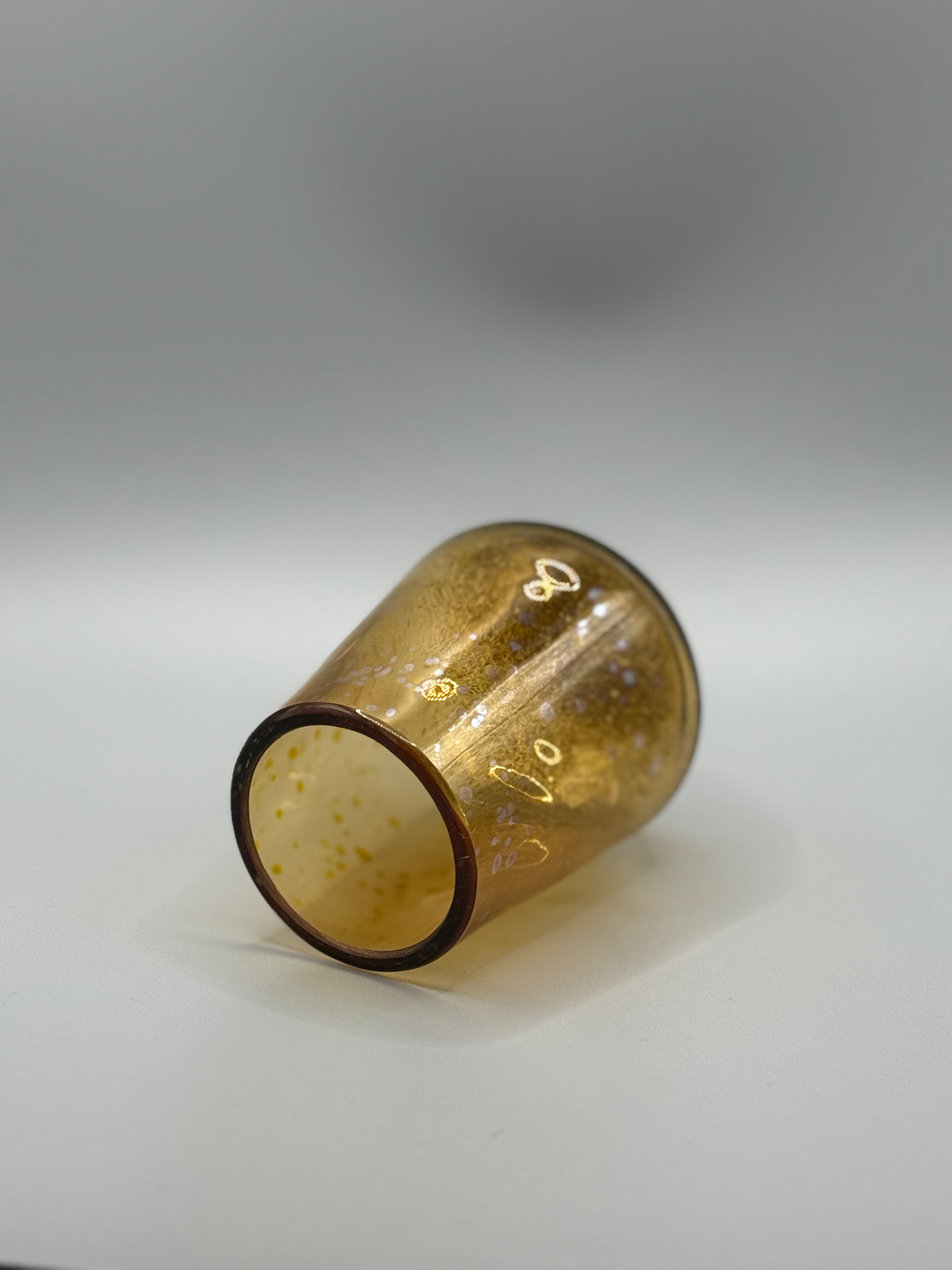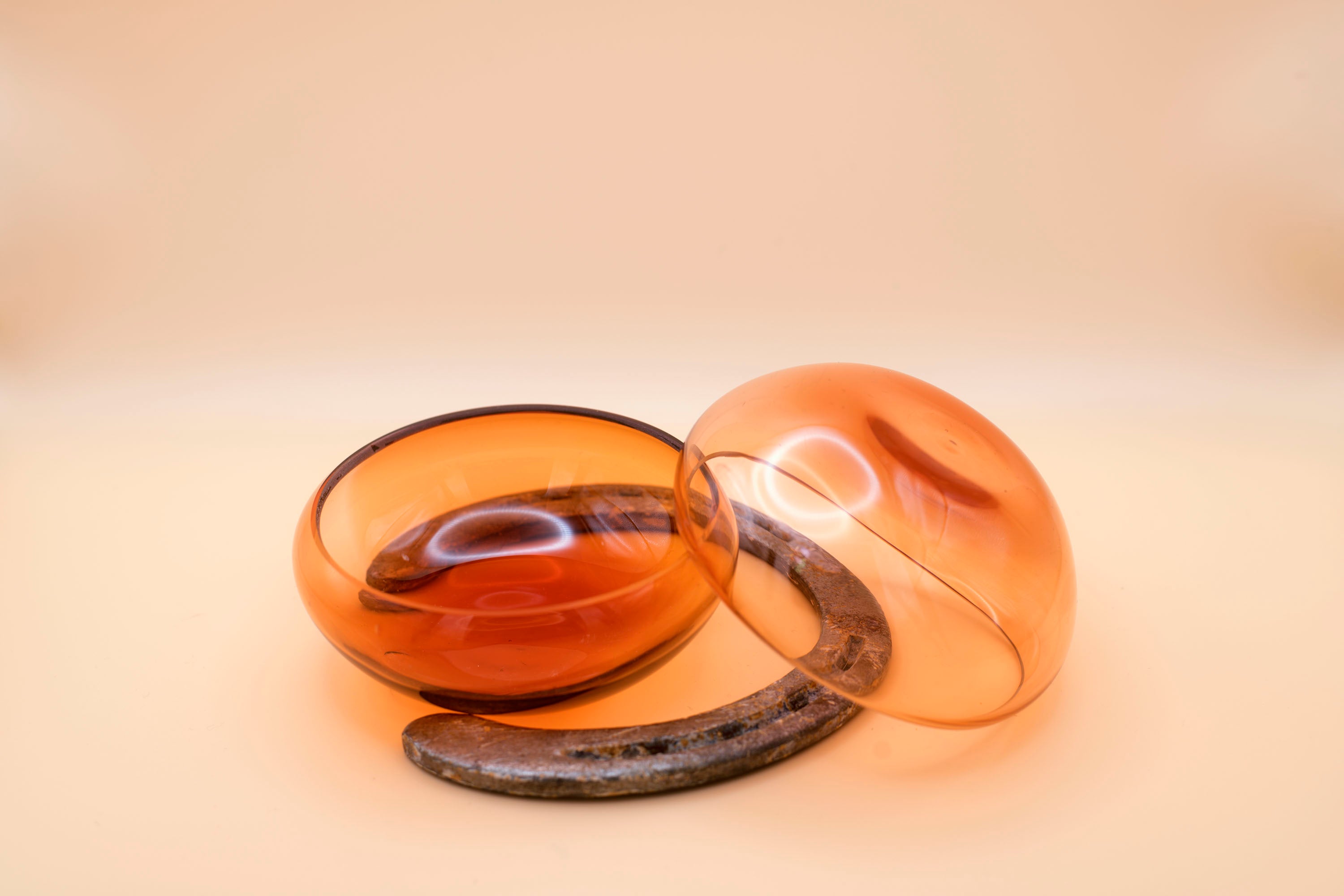There are roughly 250+ different colors of commercially offered colors in glass. This includes beautiful colors such as Gold Ruby, Reseda Green, Celadon Blue, and on of my personal favorites, Gold Topaz. There are many factors in glass to consider which I have a blog post here going over the properties of glass color and ways we work with it.
I am grateful that there are many different colors in glass and they allow us to express out artistic vision with such technicolor. I will always wish for more colors because.....are there even enough colors? The answer is no, no there are never enough colors! What we do have though, is quite a range and diverse in hues. There are now two major companies manufacturing color for glass artists, one is Reichenbach and the other is Kugler, both manufacture their products in Germany and are then imported to the United States.
There are different shades of colors to achieve the right look. In order to assemble some logic to production, we select specific colors to serve as the main colors for the whole collections. For example, the American Paint, Knabstrupper, Leopard Apppaloosa, and Lustiano use a color called "enamel white" which both Reichenbach and Kugler make and are rather interchangeable from each other.
Not all colors are so synonymous with each other which I choose to see as a benefit. The slight differences allow for more control and nuance for color. Often times, both glass color fabrication companies will make colors that are very similar but often have a hue difference between colors. This allows me to select specific colors to make my different color ways inspired by horse patterns and colors. There are so many different patterns so precision of color is important.
If we were to spin down some of my favorite colors in glass I want to offer specific reasons why:
- Amber / Medium Amber / Dark Amber - These three have a wide range in color but rely on the same oxide (sulfer, together with carbon and iron salts, is used to form iron polysulfides and produce amber glass ranging from yellowish to almost black) offer different densities of brown. Amber being like a caramel brown and Dark Amber being closer to a dark chocolate color.
- Iris browns/creams - In soft glass, the word Iris refers to the glass having silver oxide included in the color. Silver and gold oxides act very interestingly depending on the density of the color and the light wavelengths. They often will cast an almost glare of yellow/blue/red/green shift of color in the glass. It is incredibly dynamic and provides immense depth to the work. Iris colors also often form a metallic sheen on the surface of the glass (reduction of glass creates and oxygen starved environment at 2150F which brings the heavy metal oxides to the surface making it shine like a mirror). This effect can be capitalized on and create unique finishes on the glass.
- Special Dense Black - R-54SP is my favorite black made on the current market due to the fact that it is a transparent and is a cool colored black. Many blacks are made with magenese oxide which casts a plum purple color when the color gets thin. This is a feature that can be exploited in other projects, however, it isn't a natural horse color independently. I am always interested in utilizing different colors to achieve depth but the magenese makes the color so purple it is impossible for a horse to achieve that color way.

An additional factor to consider that influences the look of color is the form it come in. There are a few ways glass can be used in the hot shop. The first is called "bar" that is an approximate 1.25"-1.75" thick round stock of glass color concentrate. The color needs to be dense so that it can expand with the blowing process. Another form of color comes in small pebble like consistency called "frit". This can make small to medium sized dots on the surface of the glass. One main thing to consider in glass is that colors don't mix like paints do. The only mix you can make is like stacking layers of colored plastic on top of each other.
Now there are color reactions in glass since it is all made with chemicals and metal oxides for pigmentation in the glass. Famous reactions of oxides are well documented by companies like Bullseye Glass Co. with a useful chart and documented examples. Major chemicals to keep an eye out for are glasses with traces of Copper oxide (CU), Sulfur (S) / Selenium (Se) oxides, Lead (Pb) oxide and inert chemical agents. The important thing is the different "reactive colors" must interact for a color difference. You can get a color reaction from combining Cu + S / Se and Pb + S / Se.
As I write about these different chemicals, I want to make something very clear about the work of myself and family of Gallop & Glass. We seek to be thoughtful with our practice which includes proper training of PPE. This includes the appropriate respirator and cartridges, gloves, tyvec suit, and safety glasses for different levels of protection. Safety is paramount when handling glass which includes being mindful of when you should wear PPE for specific processes.
Some of the best ways of learning glass color is to try it out and see what happens when it is exposed to different conditions, environments, and processes. Some colors are better suited for different processes and for different looks in the final product. I personally have spent 10 years building my glass color expertise and have more to learn. Glass is one of those materials where you can spend a lifetime working with and learning more about the material and never learn everything about it. Glass is very complex in that way.
The key component to making is to keep making and trying new things. Every time I think I have a plan and a concrete idea, it somehow is influenced to reconsideration and change. Change is difficult but ultimately is worth the pain and growth that comes from change.









